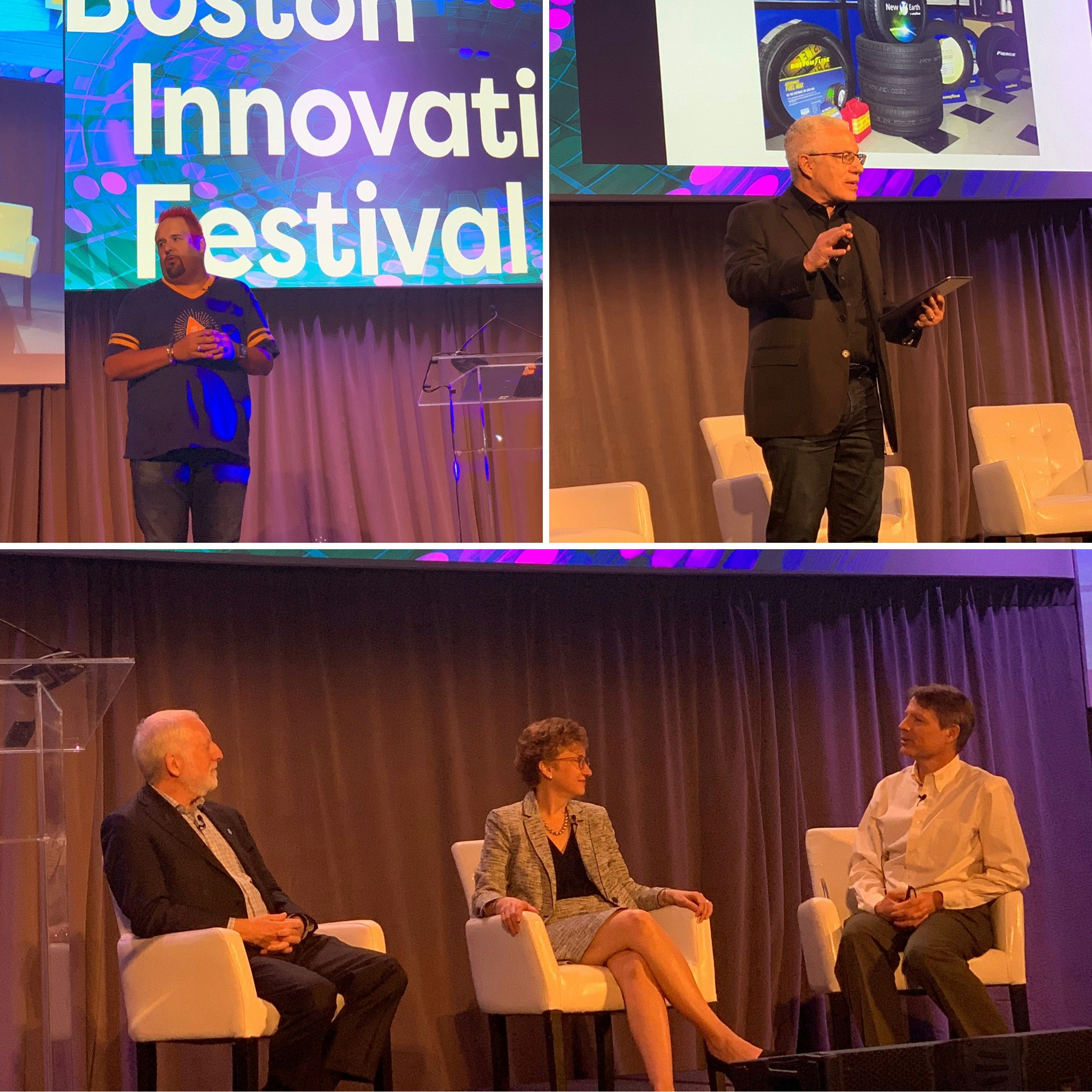#BostonInnovationFest: Disruption is so Much More Than Disobedience

“Change happens when the fear of the future is less than the pain of the present.” - David Matheson, President and CEO, SmartOrg Inc.
If there’s one message that day-1 of the Boston Innovation Festival made sure cut through with delegates, it’s that Disruptive Innovation is so much more than simply the act of being disruptive.
Intelligent Disobedience is an interesting concept. Festival emcee Shawn Nason, CEO of Nason Group, highlighted the disobedience required of guard dogs. If a guard dog always obeyed its owner, imagine the potential, catastrophic consequences when crossing a street, or entering a building.
And disruption for the sake of disruption is a waste of time and money. Disruption needs a strategy. It needs a fail fast/learn fast robust attitude, based in human centered design and seasoned with a little salt, a lot of pepper and a passion to push on through.
Peter Koen established the Front End of Innovation conference in 2004. There’s a man ahead of his time. Back then, innovation was almost a dirty word. Now everyone wants to wear it as a badge of honor. Some just want the honor without the hard yards, the sacrifices and the falls.
What was made clear today is that successful innovation is a jigsaw puzzle. And one of those pieces is customer empathy. To innovate successfully you need to identify a problem. Getting to the right problem is the key to the success of the innovation. Success, that is, of progressing the idea to first base. Ensure you have identified a need and then research your market. This research needs to be up front and personal with clients or potential clients. You have to drill down to make sure that the support for the product is really there. It seems that some test markets will say they like your product but when it comes time to part with the cash, they balk at a sale.
Koen shared the Good Year green tire New Earth Tire trial case study. Initial research found that clients would willingly buy a Green Tire. Until the tire (well a dummied-up version) appeared on the shop floor for sale, at a price higher than its non-green competitor. No-one wanted to part with the extra cash.
We know that research is intrinsic to any kind of innovation. It’s a matter of asking the right questions. Then asking a few more questions. And a few more after that.
For innovation to be real and robust, a truly all-in approach is paramount. Your innovation team needs to embrace diverse members, needs to rigorously pursue goals and needs to be fueled by a desire to solve big problems.
There was gold scattered throughout the day for those willing to open up their minds and their hearts to the wisdom of the presenters. Alexa Dembek, Chief Technology and Sustainability Officer at DowDuPont offered these three questions as guiding lights to selecting the right pain point for attention, “Is it real? Can we win? Is it worth it?”.re’s another. Will it make the world a better place and improve the lives of EVERY-one, leaving no one behind?
About the Author: Christina Gerakiteys is the Founder of UtopiaX and CEO of SingularityU Australia Summit. She is a change catalyst and instigator of Moonshot Ideation. Christina opens hearts and minds, inspiring impossible to possible.